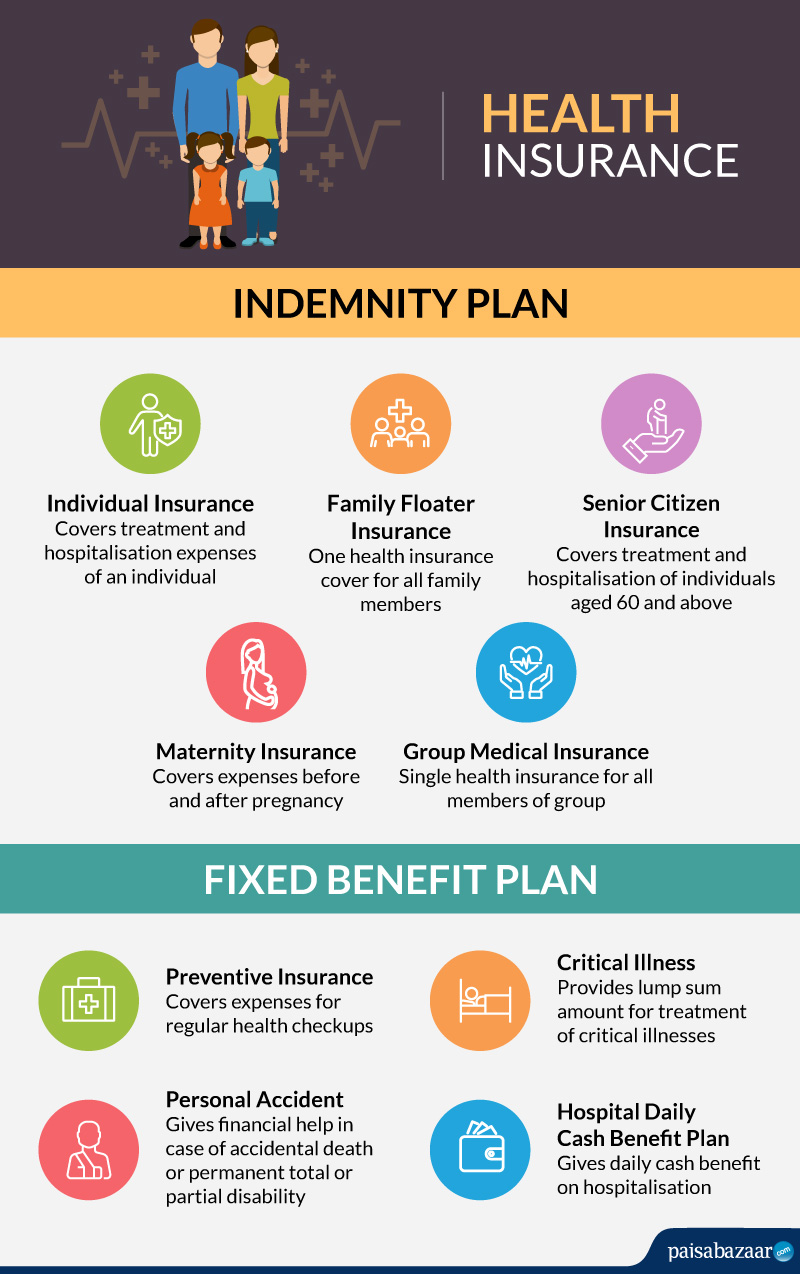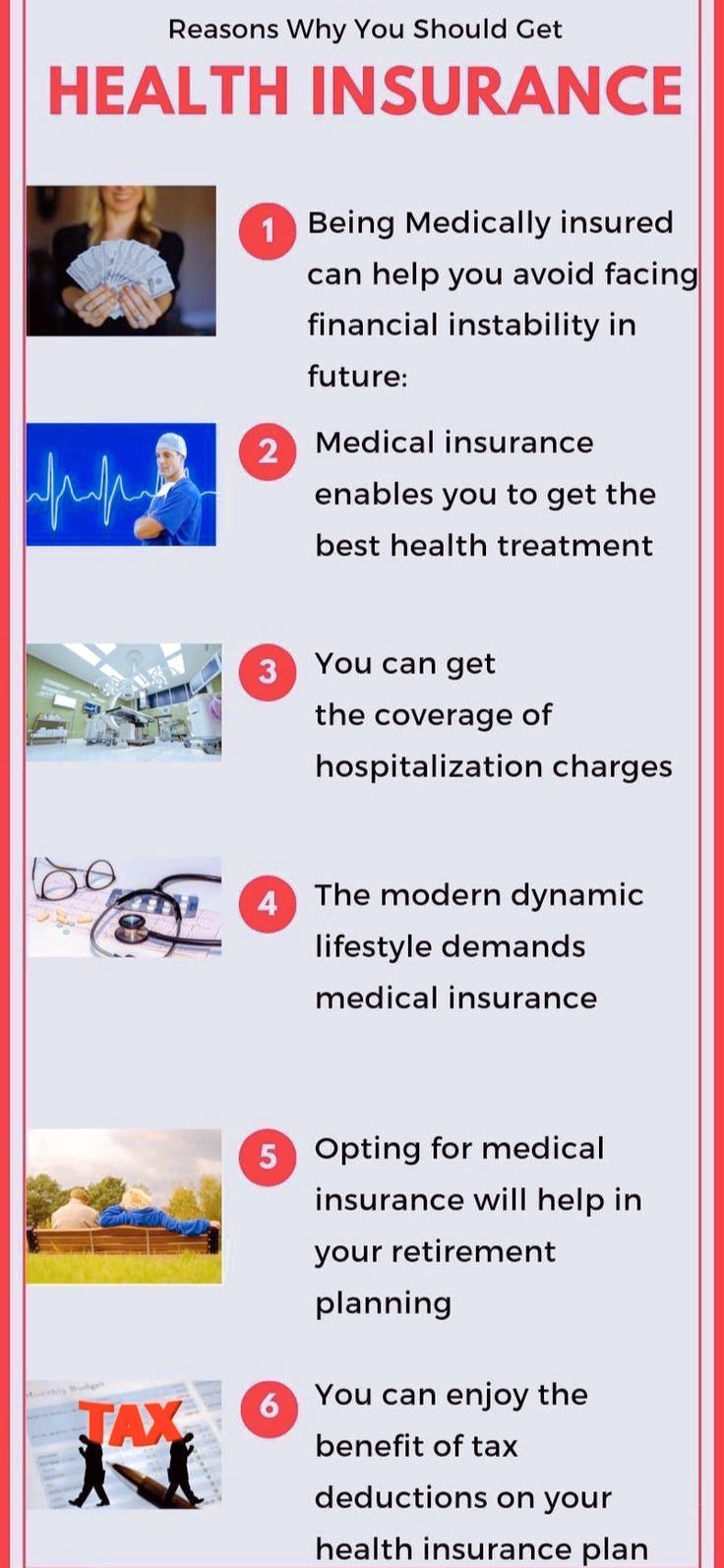What Does Medicare Advantage Agent Mean?
What Does Medicare Advantage Agent Mean?
Blog Article
Getting The Medicare Advantage Agent To Work
Table of ContentsExcitement About Medicare Advantage AgentIndicators on Medicare Advantage Agent You Should KnowUnknown Facts About Medicare Advantage Agent

follows from perplexing the relatively young age account of the without insurance with the much better health, usually, of younger persons. This covers the link in between wellness status and medical insurance. For those without access to workplace medical insurance, poor health is a prospective obstacle to purchasing nongroup coverage since such insurance coverage might be highly valued, omit pre-existing problems, or be simply inaccessible. The number of without insurance Americans is not especially big and has not altered in the last few years. 7 out of 10 respondents in a nationally depictive study believed that less Americans did not have health insurance than really do(Fronstin, 1998). About half(47 percent )thought that the number of people without medical insurance lowered or continued to be continuous over the last fifty percent of the last years(Blendon et al., 1999). This decline of virtually 2 million in the variety of individuals 'without insurance policy (a decrease
of around 4 percent)is certainly a favorable adjustment. With a softer economic climate in 2000 the current reported gains in insurance protection might not proceed(Fronstin, 2001 ). The decrease in the variety of without insurance will certainly not continue if the economic climate stays slow and health treatment expenses continue to outpace rising cost of living. This is because the data were collected for a period of solid financial efficiency. Of the approximated 42 million people who were uninsured, almost about 420,000(concerning 1 percent)were under 65 years of age, the age at which most Americans come to be qualified for Medicare; 32 million were grownups between ages 18 and 65, about 19 percent of all adults in this age; and 10 million were children under 18 years old, concerning 13.9 percent of all youngsters (Mills, 2000). These price quotes of the variety of individuals uninsured are generated from the annual March Supplement to the Present Population Study (CPS), performed by the Census Bureau. Unless or else kept in mind, national quotes of individuals without medical insurance and proportions of the population with various kinds of coverage are based upon the CPS, one of the most widely made use of source of quotes of insurance protection and uninsurance prices. These surveys and the price quotes they produce are defined briefly in Table B. 1 in Appendix B - Medicare Advantage Agent. These surveys vary in size and tasting approaches, the inquiries that are inquired about insurance
Medicare Advantage Agent Fundamentals Explained
protection, and the time period over which insurance coverage or uninsurance is determined(Lewis et al., 1998, Fronstin, 2000a ). Still, the CPS is especially helpful due to the fact that it generates yearly quotes fairly rapidly, reporting the previous year's insurance protection estimates each September, and because it is the basis for a consistent collection of price quotes for more than twenty years, enabling analysis of trends in insurance coverage with time.

6 Easy Facts About Medicare Advantage Agent Explained
Over a three-year duration beginning early in 1993, 72 million people, 29 percent of the U.S. population, lacked protection for at the very least one month. Within a solitary year(1994), 53 million individuals experienced at the very least a month without coverage(Bennefield, 1998a). 6 out of every 10 uninsured grownups are themselves used. Functioning does enhance the probability that one and one's household members will certainly have insurance, it is not a warranty. Even participants of family members with 2 full time breadwinner have almost a one-in-ten chance of being without insurance (9.1 percent uninsured price)(Hoffman and Pohl, 2000 ). The connection in between medical insurance and access to care is well developed, as documented later on in this phase. Although the partnership between medical insurance and wellness outcomes is neither direct neither simple, a comprehensive medical and health solutions research literature links health and wellness insurance policy coverage
to enhanced accessibility to care, much better high quality, and boosted personal and populace wellness status. For example, the second record, on personal wellness end results for uninsured adults, is stood for by the inner circle of the figure, while the third report, on household well-being, includes the topics of the second record but stresses a different unit of analysis, specifically, the family members. The 6th report in the collection will certainly present information about approaches and campaigns undertaken in your area, statewide, or country wide to address the absence of insurance and its unfavorable effects. Degrees of analysis for examining the impacts of uninsurance. This discussion of wellness insurance coverage concentrates mainly on the united state population under age 65 due to the fact that basically all Americans 65 and older have Medicare or other public insurance coverage.
In addition, it concentrates specifically on those without any kind of medical insurance for any type of size of time. The troubles faced by the underinsured remain in some areas comparable basics to those faced by the uninsured, although they are normally much less severe. Uninsurance and underinsurance, however, include noticeably different plan concerns, look at this web-site and the methods for resolving them might differ. Throughout this study and the 5 records to comply with, the major focus gets on persons with no wellness insurance policy and therefore no support in paying for healthcare beyond what is offered with charity and safety internet organizations. Medical insurance is a powerful factor impacting invoice of treatment due to the fact that both individuals and physicians react to the out-of-pocket cost of services. Medical insurance, nevertheless, is neither needed neither adequate to get accessibility to clinical solutions. However, the independent and straight result of health and wellness
insurance policy coverage on access to wellness services is well established. Others will certainly obtain the healthcare they require even without medical insurance, by spending for it expense or seeking it from companies that supply care cost-free or at extremely subsidized prices. For still others, wellness insurance policy alone does not make certain receipt of care as a result of various other nonfinancial obstacles, such as an absence of wellness treatment carriers in their area, limited accessibility to transport, illiteracy, or linguistic and social differences. Official research regarding without insurance populations in the United States dates to the late 1920s and very early 1930s when the Board on the Cost of Healthcare generated a collection of reports concerning financing medical professional office check outs and hospitalizations. This concern ended up being significant as the numbers of medically indigent climbed up throughout the Great Depression. Empirical studies constantly sustain the web link between accessibility to care and boosted health end results(Bindman et al., 1995; Starfield, 1995 ). Having a normal source of treatment can be taken into consideration a forecaster Web Site of gain access to, instead of a direct step of it, when wellness results are themselves used as gain access to signs. This expansion of the concept of gain access to dimension was made by the IOM Board on Checking Accessibility to Personal Healthcare Services(Millman, 1993, p. Whether or not parents are guaranteed shows up to affect whether their youngsters obtain care along with how much careeven if the youngsters themselves have insurance coverage(Hanson, 1998). The health and wellness of parents can affect their capacity to care for their children and the degree of family stress. Fretting about their children's accessibility to care is itself a source of anxiety for moms and dads. Three phases comply with in this report. Chapter 2 gives an overview of how employment-based medical insurance, public programs and individual insurance policy plans run and communicate to give comprehensive but insufficient protection of the united state populace. This consists of an evaluation of historic trends and public laws affecting both public and exclusive insurance coverage, a discussion of the interactions amongst the various sorts of insurance policy, and an examination of why individuals relocate from one program to one more or wind up

Report this page